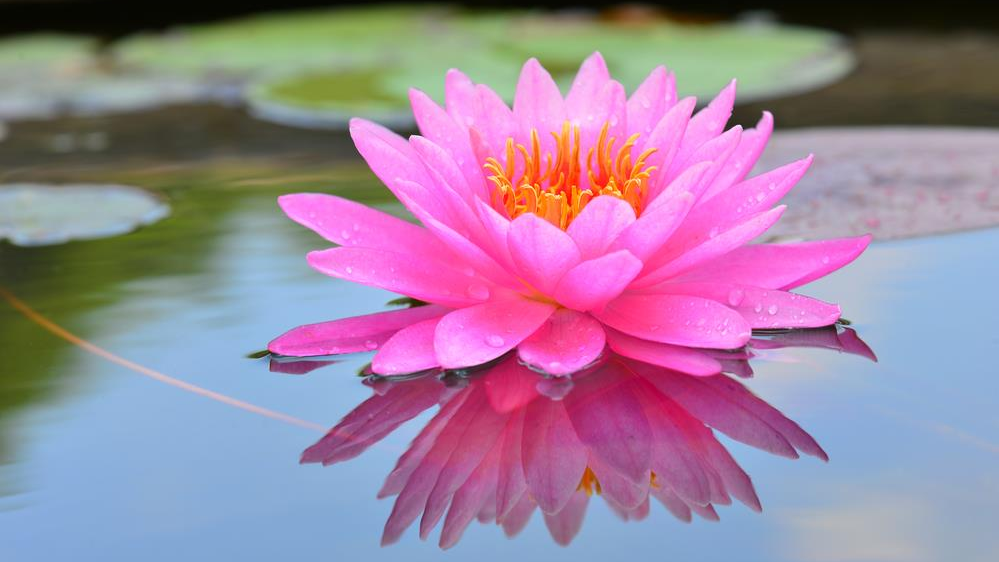

Harmoniums were lighter in weight and smaller in size than organs and therefore easier to transport and less liable to be damaged in transit.

Bach’s Tocatta and Fugue in D Minor (BWV 565): Had you attended church a hundred and fifty years ago, very likely you would have heard church music or classical music on a harmonium, like this rendition of J. Small churches and synagogues that couldn’t afford expensive pipe organs particularly loved them. Harmoniums achieved their peak popularity in the nineteenth and early twentieth century. When Europeans emigrated to the United States they introduced the harmonium to their adopted country, and soon American firms like Mason & Hamlin and the Estey Organ Company began manufacturing the instruments. Volume can be controlled by various means, by valves operated by the knee, by stops placed above the keyboard that allow the wind supply to bypass the reservoir, and by the force used to pump the bellows.
Raag shabad kirtan free#
The harmonium is like a smaller-sized organ that produces sound when foot-operated bellows sends wind through a pressure-equalizing air reservoir, causing metal reeds (fixed at one end, free at the other) to vibrate. Alexandre Debain of France further developed Grenié’s instrument, patented it in 1840, and named it the Harmonium. Gabriel Joseph Grenié invented the orgue expressif (Expressive Organ) because his reed-instrument had a wider range, and could produce crescendos and diminuendos. John Green invented the seraphine, which produced music when air was blown over metallic reeds. In Vienna, Anton Haeckl constructed the physharmonica, a keyboard instrument filled with free reeds.

Others began building similar instruments. Kratzenstein built a small pneumatic organ fitted with free reeds, presented it to the Academy and bagged the award. Petersburg offered a prize for an essay on the formation of vowel sounds on an instrument similar to the “vox humana” of an organ. The professor was charmed by the free reed, as much by the physics behind it as with the crystal-clear notes it produced. One had wound its way along the Copenhagen streets and in through the door of Kratzenstein’s house. Marco Polo had introduced the sheng to Europe centuries earlier, and by the 1700s shengs were being brought to Europe in fair quantities. He was fascinated by the sheng, a Chinese free-reed instrument shaped like a vertical pipe. When he was not conducting physiology experiments, Kratzenstein indulged in music. Professor Kratzenstein did not produce a monster his creation was quite the opposite. She even adapted his surname for her fictional scientist. It is believed that Mary Shelley was so fascinated by his research that he became one of the inspirations for her classic novel, Frankenstein. Kratzenstein experimented with the effects of electricity on the human body. The prototype of the harmonium was designed by Christian Gottlieb Kratzenstein, a professor - not of music but physiology - at the University of Copenhagen. To go into the past and locate the precise starting point of an idea or an invention is tricky, but one must start somewhere. The harmonium was conceived in the West, but today largely resides in the East, particularly in the Indian subcontinent so much so that many mistakenly think it to be an Indian instrument. This is the story of a musical instrument that was birthed, died, and was reborn in the 230 or so years of its existence.


 0 kommentar(er)
0 kommentar(er)
